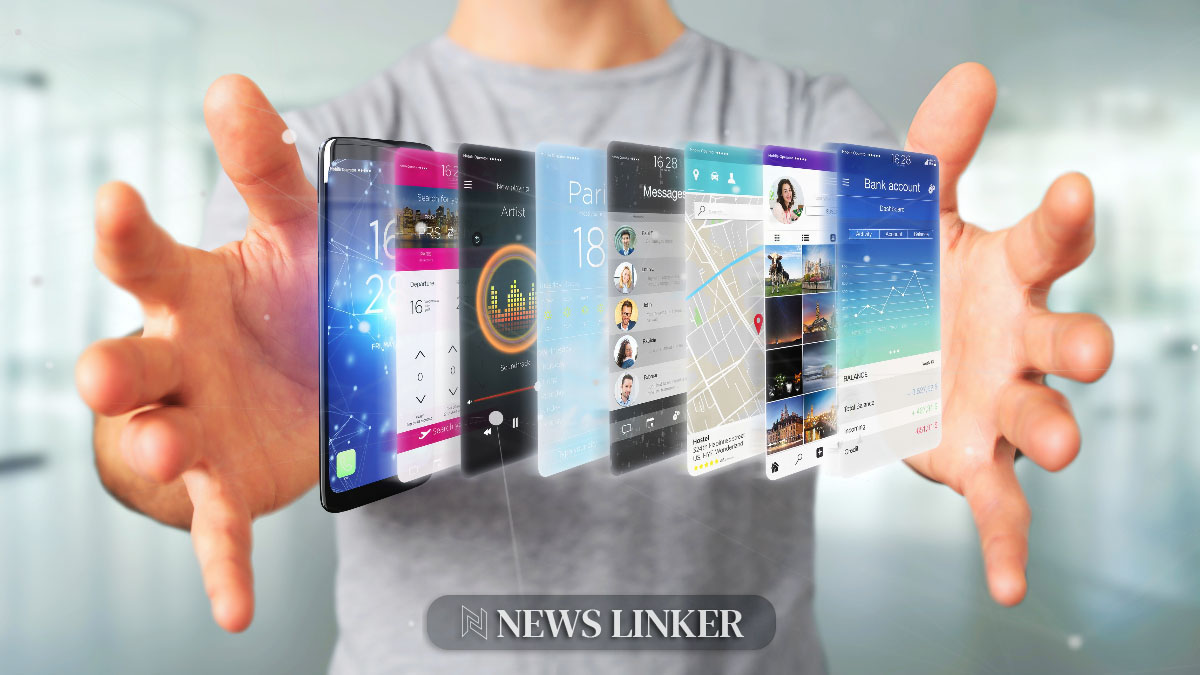Users of Samsung Galaxy devices have encountered a perplexing issue following updates to their LockStar and Always On Display (AOD) apps. Specifically, the AOD’s preview functionality within the LockStar app has been displaying incorrect visuals when compared to the AOD’s actual appearance. The difference is most noticeable in the notification icon size, which is significantly smaller on the actual display than the preview suggests. This discrepancy has led to user dissatisfaction and confusion, as the expected and actual outcomes do not align, despite both applications being up to date.
Discussions within the online community, including Reddit, have surfaced where users share their experiences with this frustrating discrepancy. Attempts to resolve the issue on the user end, such as resetting settings or altering the clock style, have proved futile. Such issues highlight the ongoing challenge in ensuring software updates improve user experience without introducing new glitches. Samsung’s history of attentive customer service and frequent software updates has established an expectation for timely responses and solutions to such issues among its user base.
What Has Samsung’s Response Been?
In response to the reported discrepancies, Samsung has acknowledged the issue with the LockStar app and confirmed that a corrective update is being developed. The company has requested users to maintain patience and has issued apologies for any inconvenience caused. A Samsung community moderator has assured users that the difference between the AOD preview and the actual display is a known issue slated for improvement in the forthcoming app update.
How Will Samsung Enhance User Experience?
The anticipated update aims to bridge the gap between user expectations and the actual functionality of the AOD feature. Samsung’s commitment to enhancing user experience and providing error-free functions comes on the heels of previous updates that introduced advanced editing and brightness options for the AOD through the LockStar app.
What Does Research Say About AOD Technology?
A comprehensive study found in the Journal of Display Technology, titled “Ambient Display Technologies: Design and Applications,” explores the implications of such ambient displays on user interaction and experience. The research delves into aspects like design considerations, power consumption, and usability enhancements. This study is particularly relevant to the current situation as it underscores the importance of aligning software design with user expectations, something Samsung is now working to rectify with their LockStar update.
Useful Information for the Reader
- Users should anticipate an update to LockStar for rectifying the AOD preview issue.
- Discrepancies in display previews can hinder user experience prominently.
- It is advisable to report any inconsistencies to Samsung for prompt action.
The issue with Samsung’s AOD feature emphasizes the delicate balance required in software development between introducing new features and maintaining core functionality. As Samsung prepares to release an update to resolve the preview discrepancies, it is a reminder of the company’s commitment to customer satisfaction and continuous improvement. Users can look forward to an enhanced AOD experience that more accurately reflects their customization choices in the near future. Moreover, the importance of vigilant post-update testing is highlighted, as user feedback remains crucial in identifying and addressing unforeseen issues that arise from complex software interactions.










